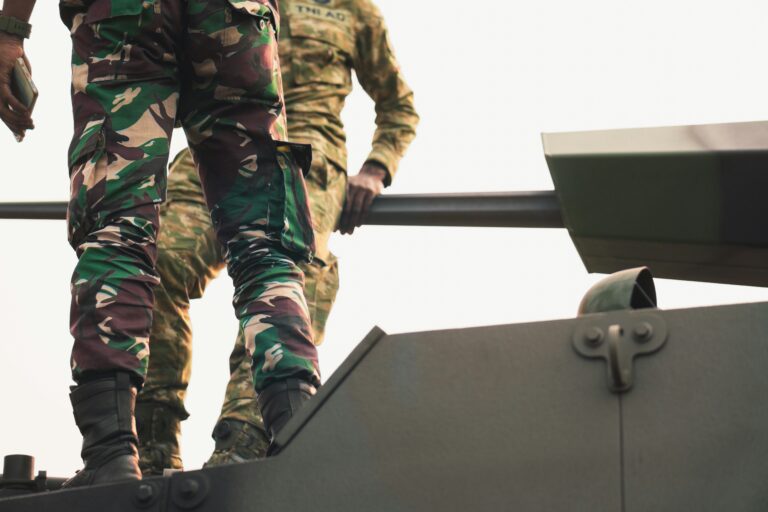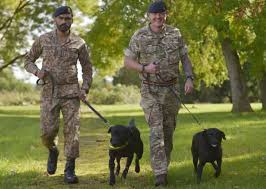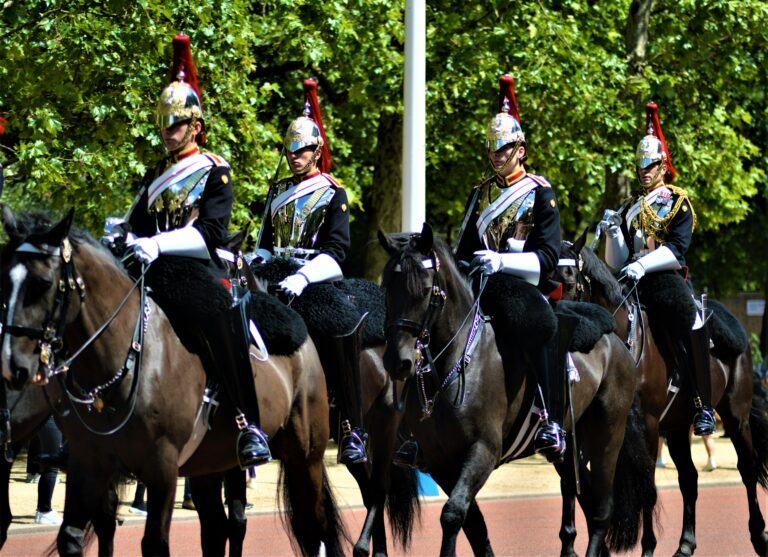Weapons Technicians in the RAF
Introduction
Every aircraft that takes off from a Royal Air Force (RAF) station carries more than just fuel and pilots — it carries carefully loaded, precision-engineered firepower. Ensuring these weapons are mission-ready, safe, and flawlessly integrated with aircraft systems are the RAF Weapons Technicians. These specialists are responsible for the assembly, testing, and fitting of bombs, missiles, guns, and countermeasures.
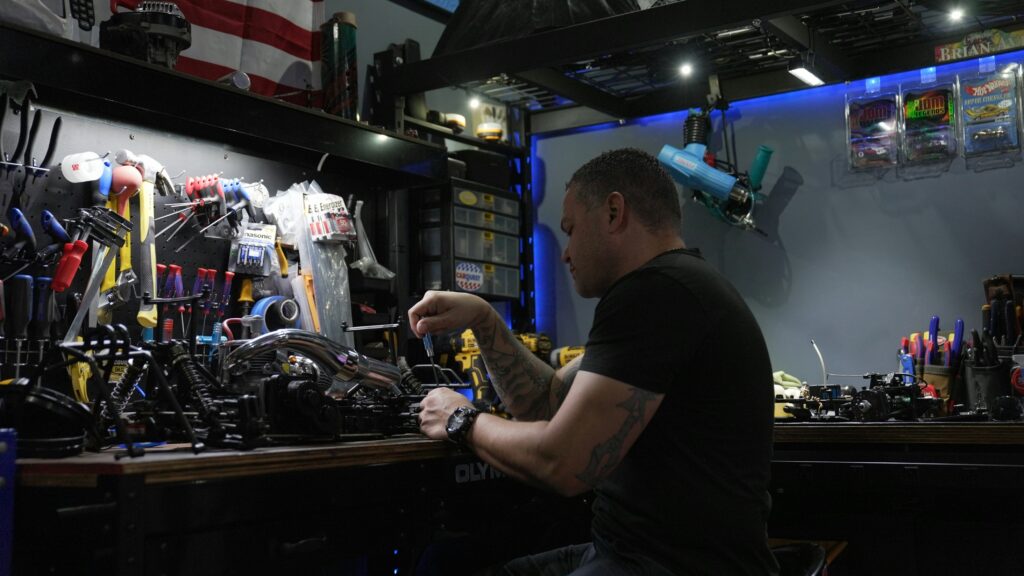
This article delves into the world of Weapons Technicians in the RAF — their training, day-to-day operations, and the critical role they play in the UK’s air combat capability.
What is an RAF Weapons Technician?
Weapons Technicians, also known as “Armourers”, are engineers trained to manage the maintenance, assembly, and loading of weapon systems on military aircraft and ground-based air defence systems.
Key responsibilities include:
- Inspecting and loading bombs, missiles, rockets, and torpedoes
- Maintaining and calibrating aircraft gun systems and ejector racks
- Installing chaff and flare countermeasures
- Ensuring safety and compliance with munitions regulations
- Transporting and securing live ordnance on base or in the field
- Disposing of defective or expired munitions safely
Weapons Technicians work closely with pilots, engineers, and operations officers to ensure aircraft leave fully armed and mission-capable.
Training Pathway
Becoming an RAF Weapons Technician involves a blend of technical, military, and safety training.
1. Basic Recruit Training
- Conducted at RAF Halton or RAF Cranwell (10 weeks)
- Covers military discipline, physical fitness, and core values
2. Trade Training – DSAE Cosford
- 10–12 months at Defence School of Aeronautical Engineering, RAF Cosford
- Topics include:
- Explosives safety and legislation (JSP 482)
- Assembly and disassembly of munitions
- Aircraft armament systems (e.g. Typhoon, F-35)
- Use of electrical test equipment and fault diagnosis
- Practice on live and dummy weapons systems
Graduates become qualified Junior Technicians and are posted to operational squadrons.
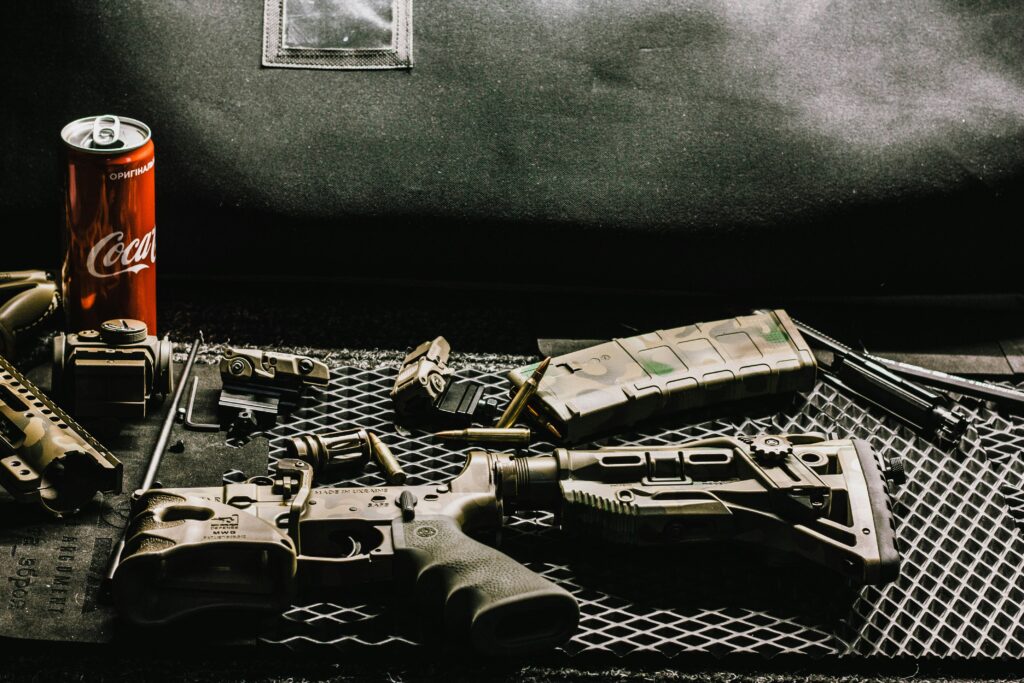
Types of Weapons Handled
Weapons Technicians work with a wide range of British and NATO-approved weaponry:
- Paveway IV laser-guided bombs
- Brimstone and Storm Shadow missiles
- AIM-120 AMRAAM and ASRAAM air-to-air missiles
- Mauser BK-27 27mm cannons (Typhoon)
- Countermeasure systems (chaff, flares, electronic jammers)
- Cluster munitions and training ordnance
- Pyrotechnics and ejection seat cartridges
Technicians also support weapons integration trials for next-generation aircraft and UAVs.
A Day in the Life of a Weapons Tech
At a front-line squadron, a Weapons Technician’s day may include:
- Morning briefings on aircraft loadouts and mission requirements
- Preparing weapons in the Explosives Storage Area (ESA)
- Loading weapons onto aircraft using hydraulic lifts and secure fittings
- Performing safety checks and arming verification
- Working alongside Ground Crew, engineers, and Flight Line Control
On deployment, the role becomes even more dynamic — loading weapons under pressure, in remote airfields or mobile forward operating bases.
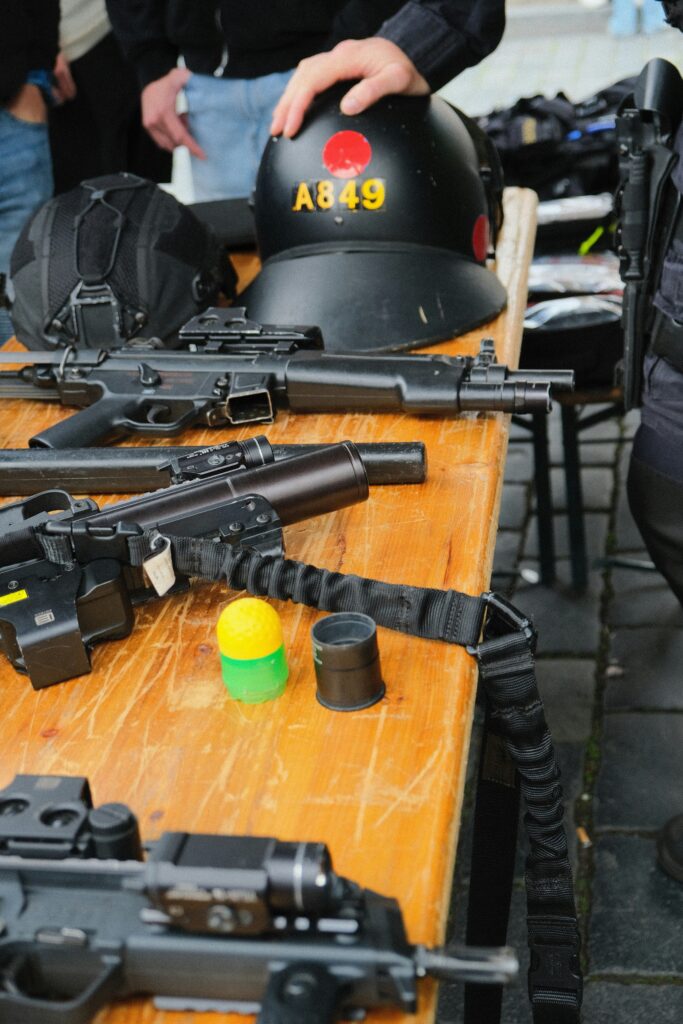
Deployment and Operational Work
Weapons Technicians are regularly deployed to support UK operations such as:
- Operation Shader (Iraq/Syria)
- NATO Quick Reaction Alert (QRA) in Eastern Europe
- Carrier Strike Groups on HMS Queen Elizabeth
- Joint Exercises in the Middle East, Arctic, and Indo-Pacific
They may be required to assemble and load weapons in high-temperature desert conditions, or freezing airstrips, all while maintaining exacting standards.
Real Story: Corporal Jason Mears
“During a NATO exercise in Romania, our squadron was tasked with simulating live combat scenarios with Typhoons. We had just 30 minutes to re-arm four jets with a full missile and cannon loadout. Every screw, every lock, had to be perfect. The aircraft launched on time — and the mission was a success. That’s when you realise the pressure we’re under — and why precision matters.”
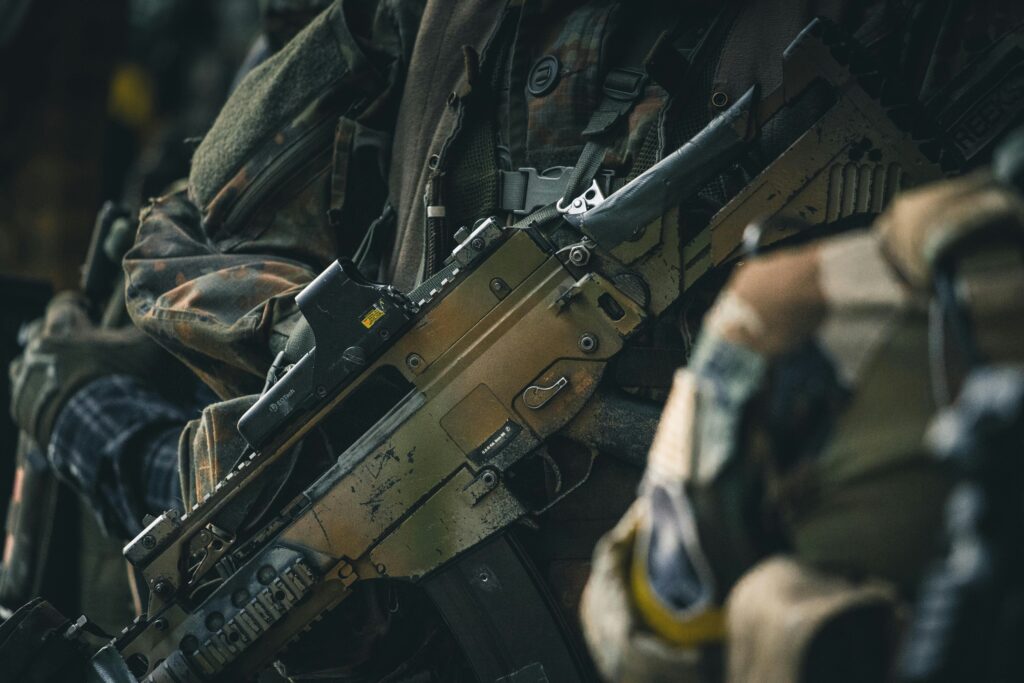
Safety and Regulations
Working with live ordnance is inherently dangerous. Weapons Technicians follow strict guidelines:
- JSP 482: UK Explosives Regulations
- Daily safety inspections and test logs
- Use of anti-static clothing and grounding equipment
- Thorough understanding of Hazard Classification Codes
- Emergency drills for misfires, fuel leaks, or accidental detonation risks
Safety culture is deeply ingrained in the trade — even a minor oversight can have catastrophic consequences.
Career Progression
Weapons Technicians have several career paths:
- Corporal/Senior Technician – leading armoury teams
- Instructor at RAF Cosford or overseas training missions
- Specialisation in UAV armaments, cyber-weapons integration, or air defence systems
- Commissioned Engineering Officer pathway
- Transition to MOD contractors, BAE Systems, or defence consultancies post-service
Many also pursue Level 3 NVQs, HNCs in Aerospace Engineering, or even degrees while serving.

Civilian Opportunities After Service
Former Weapons Technicians are highly employable in:
- Aerospace and aviation engineering
- Commercial weapons manufacture and testing
- MOD or NATO armament support teams
- Airport security and explosive detection
- Private military contracting
The attention to detail, safety standards, and technical competence gained in the RAF opens doors worldwide.
Salary and Benefits
- Starting Pay (During Training): ~£18,500
- Post-Training Junior Tech: ~£27,000–£35,000
- With Rank and Experience: £40,000+
- Additional Perks:
- Extra pay for working with live explosives
- Deployment bonuses
- Housing, food, and pension benefits
- 38 days annual leave and global travel
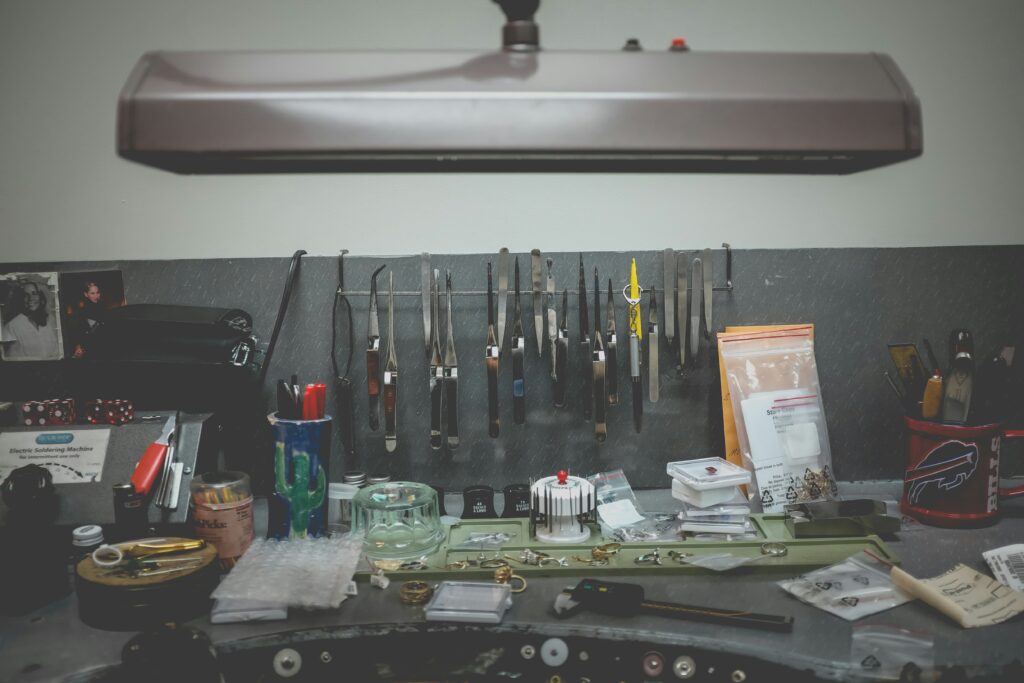
Conclusion
RAF Weapons Technicians may not fly the jets, but they engineer their lethality. Every bomb that drops with precision, every missile that hits its target, is the result of their meticulous work. These unsung professionals work behind the scenes, ensuring the UK’s airpower remains safe, reliable, and deadly.
Whether on an airstrip in Cyprus or a frozen hangar in the Falklands, they carry out their mission with precision and pride — engineering the force behind the fight.

